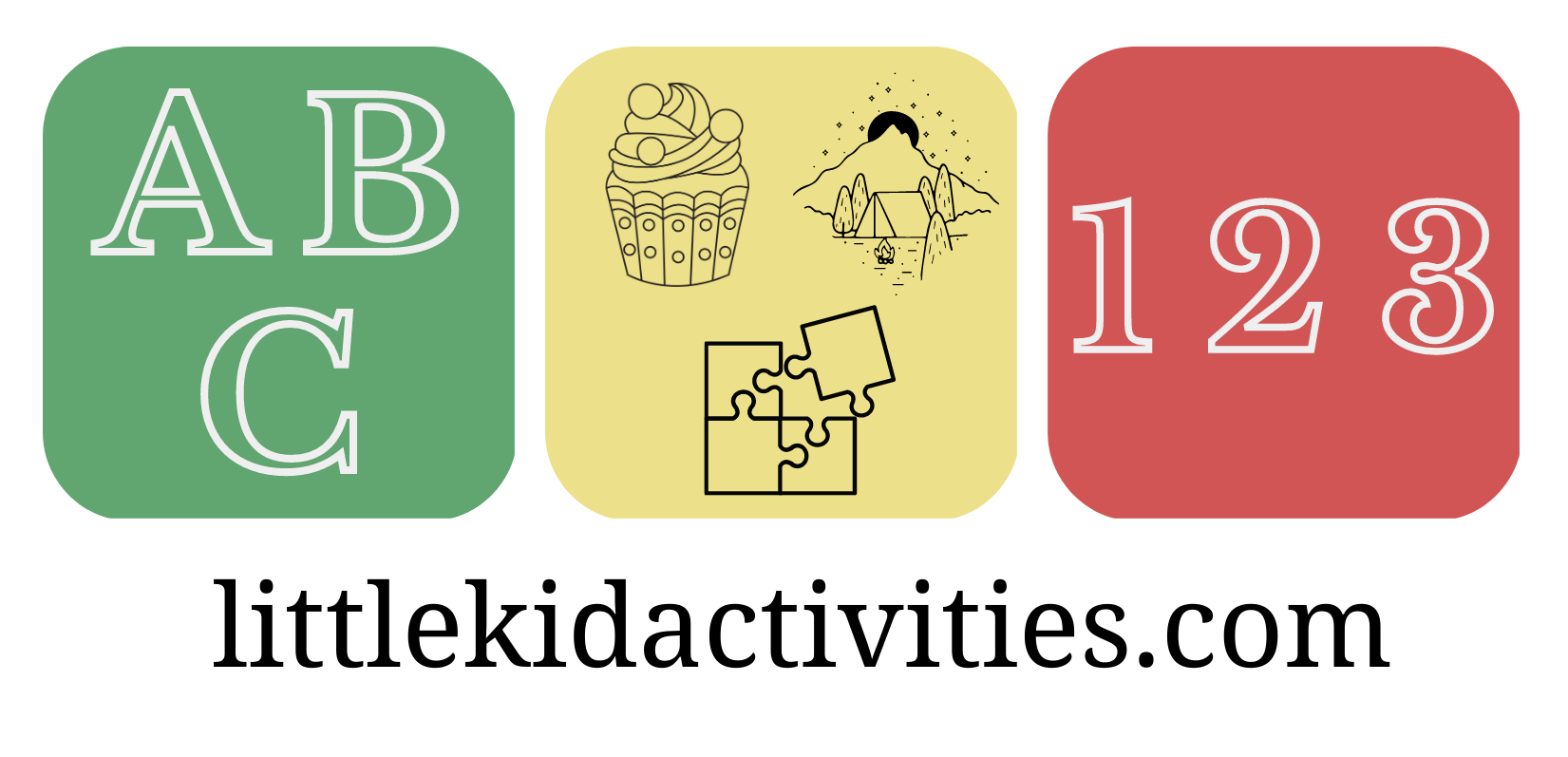3 Simple Steps to Create and Implement Kids’ Savings Plans
This post contains affiliate links. When you click on them and make a purchase, I will earn a small commission at no additional cost to you.
Teaching kids about saving money doesn’t have to be a chore! With these 3 easy steps, you’ll set your little ones on the path to financial smarts—starting today.
As parents, we want our kids to grow up with good money habits. Teaching children about saving money early on builds a strong foundation for their future. But where do you start? Don’t worry—I’ve got you covered with a simple, actionable plan. In just three steps, you can create and implement a kids’ savings strategy that’s fun, educational, and effective. Let’s dive into how to teach kids to save money and watch those piggy banks grow!

Step 1: Set a Savings Goal Together
The first step to creating a kids’ savings plan is helping your child set a goal. Kids are more motivated to save when they have something exciting to work toward—a new toy, a video game, or even a family outing. Sit down with your little one and ask, “What do you want to save for?” Keep it simple and age-appropriate.
For example, a 6-year-old daughter, Emma, wanted a glittery unicorn backpack. Her parents and she talked about how much it cost ($15) and figured out how she could save her allowance to get there. This hands-on approach makes saving money for kids feel real and rewarding.
Pro Tips
Use a visual tracker—like a chart or jar—to show their progress. Watching their savings grow keeps them excited!
Step 2: Make Saving Fun with Tools and Games
Let’s face it—saving money isn’t always thrilling for kids. That’s why step two is all about making it fun! Introduce tools like a piggy bank, a clear jar, or even a kids’ savings account if they’re a bit older. The key is to turn saving into a game they’ll love.

Try this: Whenever your child adds money to their savings, let them color in a section of their goal chart or drop coins into a “treasure jar” with a satisfying clink. You can also play “Money Match,” where they sort coins and bills to see how much they’ve saved. Grab a Freebie for fun practice! These little activities teach children about saving money while keeping them engaged. My son, Liam, loves pretending he’s a pirate burying treasure—it’s a win-win!
Step 3: Lead by Example and Celebrate Milestones
The final step to implementing your kids’ savings plan is showing them how it’s done. Kids learn best by watching us, so let them see you saving too! Talk about how you’re setting aside money for something special, like a family vacation or a new gadget. This real-life example helps them connect the dots.
And don’t forget to celebrate when they hit their savings goal! Whether it’s a high-five, a small treat, or letting them buy that item they worked so hard for, acknowledging their effort reinforces the habit. When Emma finally got her unicorn backpack, they had a mini “savings party” with cupcakes. She’s already asking what she can save for next!
Why Start Teaching Kids to Save Money Now?
Starting a savings plan for kids isn’t just about money—it’s about building responsibility, patience, and smart decision-making. Studies show that kids who learn financial skills early are more likely to manage money well as adults. Plus, it’s a great way to bond as a family while teaching life lessons.
So, grab a piggy bank, pick a goal, and start with these three steps today. Before you know it, your kids will be little money-saving pros! Have any fun tips for teaching kids about saving money? Drop them in the comments—I’d love to hear your ideas!





